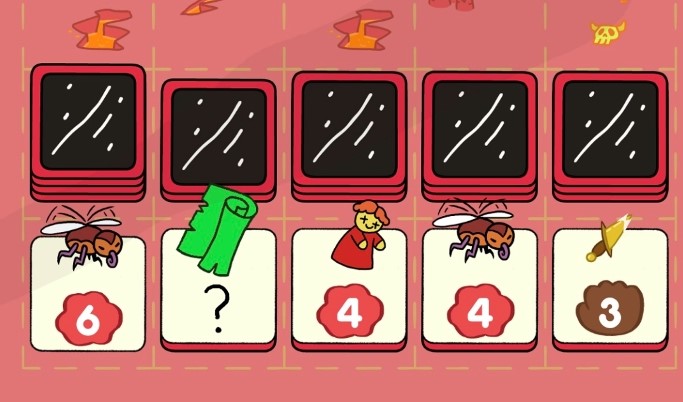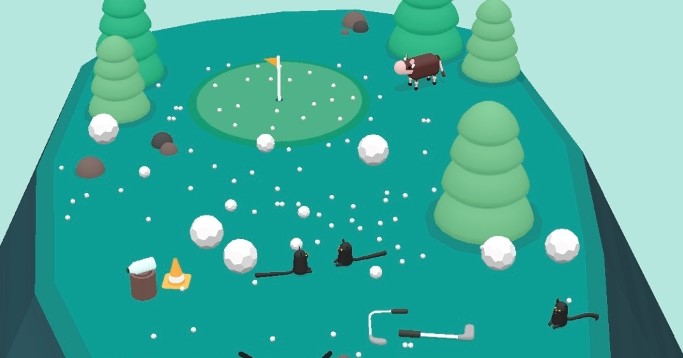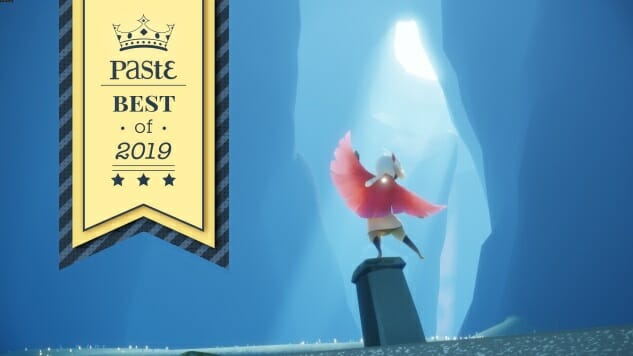
2019 is the strongest year we’ve seen for mobile games since early this decade, and for one major reason: Apple Arcade. (Sorry, everybody without an iOS device.) The omnipresent free-to-play model, with its microtransactions and constant fees, long ago destroyed the market for games with a flat price. Consumers wouldn’t take a chance on a game if the download wasn’t free, even if they wound up spending far more on a game in the long run after regularly pumping in new payments. Thus incentivized, developers focused on games that could scratch that obsessive itch, and largely quit designing mobile games that were discrete, fully realized experiences with a clear beginning and end. Apple, realizing its storefront was being flooded with poor product, has tried to restore some balance to the mobile marketplace by launching Apple Arcade, a subscription gaming service that offers dozens of games of all types. The company paid top designers to make games for Apple Arcade without having to worry about monetization, resulting in a number of artistically rewarding games that aren’t constantly trying to suck more money out of the player. 2019 recaptured a bit of the spark that made mobile gaming so exciting and inspiring a decade ago, when it felt like a brave new era for game design. It’s disappointing that people who don’t own iOS devices—or don’t want to pay the five dollar monthly fee—can’t experience these games, but those who do have iPhones, iPads or Apple TV are able to enjoy some of the best mobile games in years. Not all of the games below are Apple Arcade exclusives, or even just mobile games—some are available for PC, consoles, and even non-Apple mobile devices. Most can be found only on Apple Arcade, though. They’re all worth tracking down, however you might be able to play them.
10. The Pinball Wizard
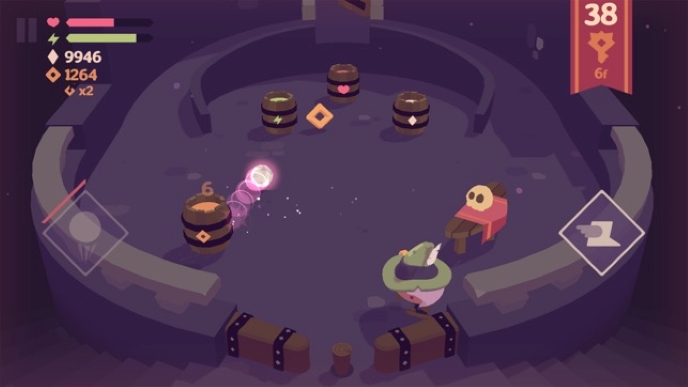
The Pinball Wizard combines two things I love: pinball and long, shaggy beards. Okay, your eldritch silver ball doesn’t always have a Gandalf beard—it’s something you have to actively choose for it to wear. (Every game NEEDS a feature where you can add a huge beard to any character simply by touching the screen.) This mobile mashup adds RPG elements to a genre that normally doesn’t have them, namely video pinball. You have to climb the 20 or so floors of an evil tower, with each floor being its own small pinball game. Flippers at the bottom of the screen keep your character from plummeting off the side of the tower, and also lets you aim its attacks as you send it hurtling into enemies. The bumpers you’d find on a pinball machine double as monsters that need to be killed or barrels full of gold, health and experience points. As you collect money and XP, you can unlock new “spells” that turbocharge your ball with temporary special skills, and increase your total health and attack strength by leveling up. It can be extremely challenging in spots—certain enemies are inordinately powerful, and falling off the bottom or side of a stage deals a ton of damage. Still, it captures that addictive thrill found in the best mobile games, where it can be played in quick bursts whenever you have a free moment, while simultaneously sinking its hooks so deeply into you that you want to keep playing it as much as possible. That drip feed of progression, with new levels and new skills and new
abilities, is hard to pass up.—Garrett Martin
9. Manifold Garden

This abstract, geometry-based puzzler by artist William Chyr received universal comparisons to the art of M.C. Escher when it launched on Apple Arcade in October, and for good reason. The core concept of three-dimensional spaces that seem to loop with no end comes right out of the Dutch artist’s dorm poster playbook. Chyr turns it into a gorgeous, confounding game that will vex you for hours while constantly impressing you with its mind-bending visuals. It’s not just on Apple Arcade—you can play it on PC and it will soon be on the PlayStation 4—but the immediacy of your phone makes it even more powerful.—Garrett Martin
8. Card of Darkness
Zach Gage and Adventure Time’s Pendleton Ward teamed up for this surreal RPG-styled card game, which is one of the most visually arresting games in recent memory. It’s another game where you have to fight your way through the floors of multi-story dungeons, but instead of pinball it’s a card game built on a 5 by 5 grid. Each square has a deck of cards on it, with only the top cards on the bottom row being face up at first. As you get to the bottom of one square’s deck, the top cards on the decks on adjacent squares will be flipped over. There are five main types of cards: weapons, gold, spells, health potions, and, most commonly, enemies. The monsters all have different skills, which sometimes play off of each other to make them even deadlier. The goal is to make it from the bottom of the grid to whichever square on the top row has the exit (it changes randomly every time you play). Weapons work on an even-odd system—every enemy card has a number on it representing its strength, and weapons have a corresponding number. If the weapon’s number is higher than the enemy’s, it’ll kill them without you taking any damage; if the weapon’s number is lower, you’ll kill the enemy and remove their card from play but the difference in numbers will be inflicted upon your character as damage. If you use a weapon card with an even number on an enemy with an odd number (or vice versa), you’ll still kill the enemy, but it’ll permanently break your weapon. You don’t have to pick up every card on the grid, but once you start pulling cards from a deck you have to turn over every card in that deck in order to exit the floor. This might sound confusing, and, frankly, it is the first few times you play, but once you get everything down you’ll be returning to this one whenever you have free time and staying up late every night playing just one more dungeon. The only real drawback with the game is its difficulty, which is heavily lucked-based; sometimes cards will be distributed fairly evenly, with swords and health potions popping up almost as often as monsters. Other times, though, you’ll find yourself pulling up nothing but bad guys at the top of every deck, leading to a quick and unavoidable death. That random distribution of cards is a major part of the game’s structure and appeal, but it also can make everything a little too frustrating at times. Still, with its whimsical artwork and novel approach to dungeon crawling, Card of Darkness is a game that’s hard to put down.—Garrett Martin
7. Sky: Children of the Light
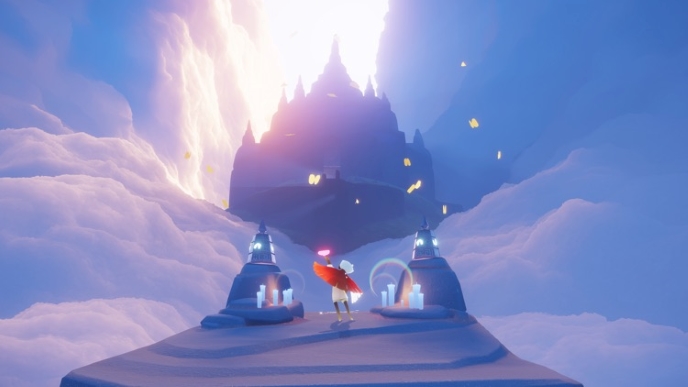
Thatgamecompany, the studio behind Paste favorites like Flower and Journey, released its first game in seven years, and the first game that it hasn’t made while under contract to Sony. Sky: Children of Light revisits some of the concepts behind Journey, from the lack of overt guidance, a pervading sense of mystery, and a minimal approach to social interaction that’s still an integral part of the game, and marries them to a powerful sensation of flight. Sky is very much a thatgamecompany game, and that stark, artistic sensibility resonates with you, it’s a must play.—Garrett Martin
6. Dear Reader
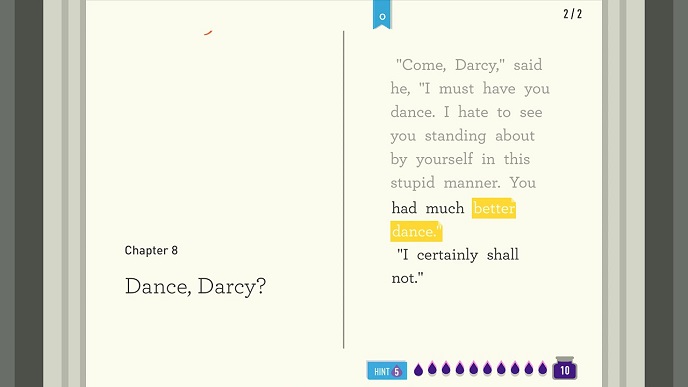
For the last two months my nights have all ended the same way: with me staying up way too late playing Dear Reader on my phone. On the hardest setting, Dear Reader turns excerpts from some of the most important works of literature (all in the public domain, naturally) into stressful word puzzles. Blanks need to be filled, words need to be rearranged, letters need to be guessed, and along the way you’ll basically be reading Cliffs Notes on dozens of books you probably should’ve read in high school. The sheer volume is almost overwhelming—not just in terms of books (I’ve currently unlocked 31 volumes, ranging from Moby Dick to the works of Sappho), but also the variety of different types puzzles that become available. I’ve poured dozens of hours into this mobile game, and I still haven’t reached the end of either.—Garrett Martin
5. Neo Cab
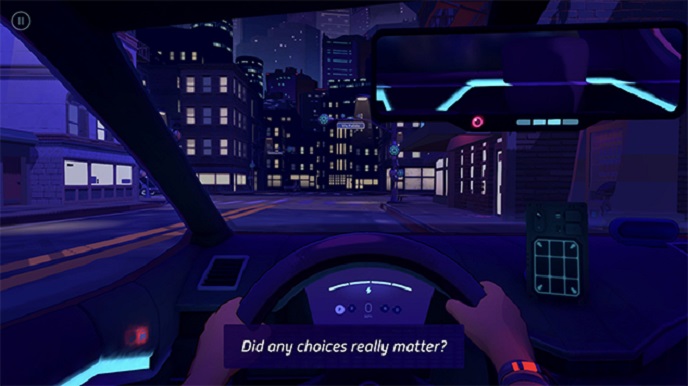
Neo Cab let me have some of the most captivating conversations I’ve had in videogames—conversations that delve into philosophy, toxic friendships, justice, beauty standards, and even quantum physics. This is where Neo Cab’s excellent writing shines brightest. Even though the conversations are only as long as a cab ride, Los Ojos and its people quickly feel real. It’s not a long ride, but it’s a unique one that made me feel seen and even healed. Its several systems gracefully combine to create a cog that you want to keep turning until you reach the end. Ultimately, most of us are just cogs in a larger machine operated by those at the top. Neo Cab chooses to see the importance of the little cogs, and that’s why it’ll stick with me.—Natalie Flores
4. Mutazione
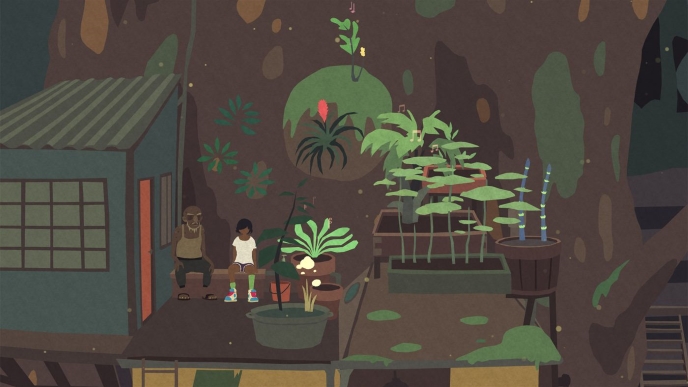
Mutazione tackles several topics in the course of its five-hour experience, particularly the themes of traditional healing, outside interference and the perils of harboring a savior complex. Kai’s grandfather, while well-intentioned, triggers a chain of events that leads to tragedy, disrupting the emotional and spiritual health of the village. His interference is reflected in the slow but devastating disruption to the local ecosystem, a slow decay that isn’t addressed until his illness nearly leaves the town without a healer at all. It is only after Kai surrenders to the traditional wisdom of the elders that order and health are restored. Her grandfather’s method of teaching forces her to figure out the basics on her own, gifting her with an intuition that can only be learned through the trial and error process of hands-on work. In that way, the game is also a metaphor for her growth into adulthood.—Holly Green
3. Grindstone
Grindstone borrows RPG elements and a few roguelike concepts (although you don’t really lose anything when you die, thankfully) and injects them into a color-matching puzzle game; your character has to slice and dice his way through a grid covered in enemies of different colors, but can only chain together kills with creatures of the same color. If you can kill 10 or more enemies of the same color in a single chain, a special gem will appear on screen, which will let you chain kills from your current color to one other color, opening up the possibility of massive chains that can reshape the entire board in a single move. It has a simple set of rules that it explores in exhaustive detail across 150 different stages, steadily forcing you to rethink your approach as new enemies and new obstacles are regularly introduced into the mix. I can’t think of anything in any other game I’ve played this year as satisfying as running through a massive chain in Grindstone, slashing through 30 or more enemies in a single move while also knocking off some of the stronger special monsters or cracking open a treasure chest along the way. Grindstone is a thoroughly confident game that understands exactly what a certain type of player is looking for from mobile experiences, and then goes above and beyond all expectations to make that a reality.—Garrett Martin
2. What the Golf
What the Golf finally makes golf tolerable by turning it into the most surreal and least predictable sport of all time. It regularly obliterates whatever expectations you might have from decades of legitimate golf videogames, preserving nothing from the real sport except for the basic concept of getting an object to a hole with a flag in it and a heavily abstracted approach to the traditional golf course layout. Even those aren’t omnipresent, though, as many of its dozens of holes eschew anything even remotely connected to golf. I don’t want to give too much away, as surprise is What the Golf’s greatest gift, but here are just two examples of what you can expect. Imagine what looks like a typical golf game, with an on-screen character holding a club at the tee, staring down a fairway that leads to the green. You touch the screen and pull back in order to control the power and direction of your swing. When you let go, instead of the ball soaring towards the hole, the character itself is flung deep into the fairway—or even the arrow that appears on-screen to represent the angle and strength of your swing. What the Golf pulls both of those pranks very early on, and then somehow consistently comes up with new, unexpected jokes throughout its surprisingly long run time. With bite-sized levels that each have three increasingly difficult objectives, and dozens of them in total to play through, this is yet another mobile game perfectly suited for either short, pick-up-and-play sessions, or long marathons. There are also entire clusters of holes that cheekily reference games like Super Mario, Super Meat Boy, Superhot, and even some games that don’t have the word “super” in their title. What the Golf is the rare game that tries to be funny and actually pulls it off, hilariously defying expectations with puckish glee.—Garrett Martin
1. Telling Lies

Telling Lies takes the database exploration of Her Story and doubles down on it by asking you to not only solve a mystery but also to disentangle what is the truth, what is a lie, and then to determine where each of these lies exists in a hierarchy of morality. The whole thing barrels toward a conclusion that I saw coming from miles away, but that didn’t make it any less sad or horrible or anger-inducing. It’s one of the first true videogame thrillers.—Cameron Kunzelman
Senior editor Garrett Martin writes about videogames, comedy, travel, theme parks, wrestling, and anything else that gets in his way. He’s on Twitter @grmartin.
